
Where’s my flying car? Who cares?
New technologies can solve problems - or make them worse. In the chase for technofixes like flying cars, it's important to know when to pump the brakes.
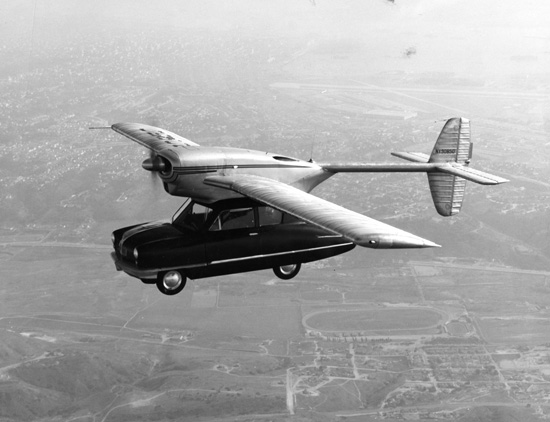
Last year, the makers of the cellphone game Candy Crush took over the nighttime sky across the Hudson River from Manhattan for a 500-drone synchronized light show marking the brand’s 10th anniversary.
Such a display would not have been possible without stunning advances in technology – specifically, the ability to fly small, precisely controlled drones at an affordable cost.
It was miraculous. And horrifying. Candy Crush took something that was enjoyed by millions – the night sky – and turned it into yet another billboard. For what? A cell phone game?
Now imagine the equivalent of a Candy Crush display over your city 24/7/365. Like an LA freeway in the sky. Only all. The. Time.
Welcome to the magical utopia of flying cars.
Flying cars continue for some to be Exhibit A of the glorious future that could be ours if only we had access to unlimited energy and got those meddling regulators and environmentalists out of the way.
In a recent column in the New York Times, Ezra Klein name-checks flying cars among the many possible outcomes of a world of “energy superabundance.” Klein argued that progressives should embrace the pursuit of energy abundance as “the foundation on which a more equal, just and humane world can be built.”
Right-leaning Brink Lindsey of the Niskanen Center also highlighted flying cars in arguing that the pursuit of technological advances could help to restore America’s lost “dynamism,” which he sees as one of the root causes of a deep “crisis” facing capitalism and democracy. Both Klein and Lindsey refer in their writing (Klein not uncritically) to a book by J. Storrs Hall called “Where Is My Flying Car?”, which laments a supposed “great stagnation” in technological development that has occurred since the mid-20th century and sees the cause as overregulation and “fear of energy.”
Let me say up front that I don’t think flying cars are ever likely to happen, at least not at any significant scale. Not because we don’t have the technology to make them. Not because we don’t have or can’t find the energy to fuel them. But because they are a terrible idea.
Nevertheless, the fact that flying cars are even being discussed as a desirable possibility on the pages of the New York Times seems significant to me. It’s an indicator of misplaced priorities and a misunderstanding of how the world works, how transportation works, and what energy and transportation are even “for.”
We are at a critical moment in human history – and, in many ways, a promising one. We are producing more energy from the wind and the sun each year, clean energy is cheaper than ever before, our potential for clean energy is virtually endless, and new technologies are emerging all the time that could allow us to use and store that energy to power more and more of our economy and allow many of us to lead better lives. Finally, we have a golden opportunity to break free of the fossil fuels that pollute our air and water, destroy our land and wreak havoc on the climate, assuring a better future – a future, period, really – for generations to come.
But that promising future is one that we could easily screw up … especially if we fail to heed the lessons of the past.
In this post, I want to examine why widespread adoption of flying cars would represent not utopia but rather a dramatic case of “screwing it up.” And then, in a future post, I’ll explore what the discourse around flying cars tells us about the so-called “abundance agenda,” and why said agenda, in many ways, misses the point.
But before we look forward, it’s instructive to look back at the last great technological innovation that was supposed to give us freedom of movement free of consequences: the car.
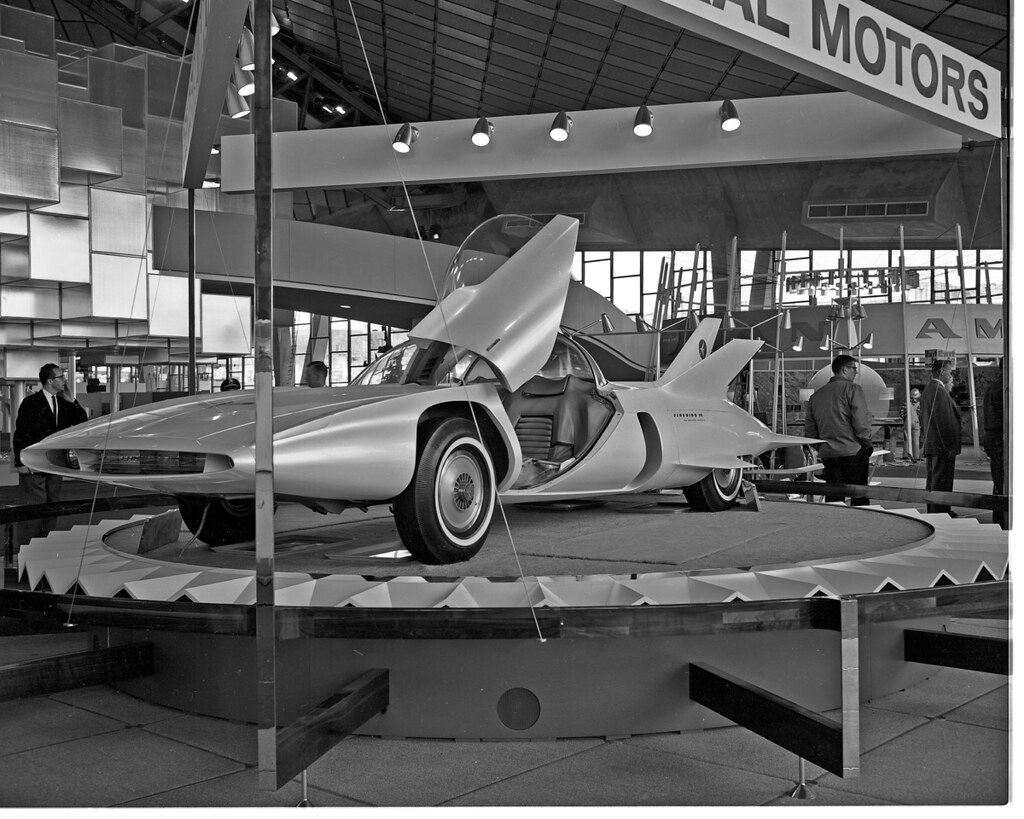
Looks safe. General Motors concept car at 1962 World’s Fair in Seattle.Photo by Seattle Municipal Archives | CC-BY-2.0
Redeeming the broken promise of the car
I am a sucker for mid-century techno-optimist films, especially anything having to do with transportation. You can find a surprising number of these on YouTube. There is “To New Horizons” (based on the General Motors-sponsored “Futurama” exhibit at the 1939 New York World’s Fair), Walt Disney’s “Magic Highway, U.S.A.” (1958), the Walter Cronkite-narrated (and Caterpillar tractor company-sponsored) ”The Road Ahead”, and the American Road Builders Association’s “We’ll Take the High Road” (1957), among others.
These films posited that automobility – enabled by a combination of a monumental level of highway construction, sprawling development, and (assumed) eternally abundant supplies of cheap gas – would deliver freedom, safety, economic vibrancy and a dramatically higher quality of life.
Watching these films, it’s amazing how many of the technological and infrastructural promises made in them were actually fulfilled. We completed the Interstate Highway System, described by Cronkite in “The Road Ahead” as “the largest construction project in the history of the world.” Many of the high-tech gizmos in Disney’s “Magic Highway, U.S.A.” – navigation systems, on-board cameras, etc. – actually came into being. (Though, alas, there hasn’t been much progress on nuclear-powered, mountain-melting tunnel boring machines. Somebody call Elon Musk.)
But the side effects of universal motordom – even the ones that are most obvious to us now – are almost completely left out of the picture. (The one film in which concerns are raised, “We’ll Take the High Road,” portrays residents concerned about the impact of a new expressway in their town as a collection of “specialist[s] in dark suspicion,” provincial worrywarts and unthinking enemies of “progress.”)
The most obviously ignored shortcomings are the environmental and public health impacts of driving – smog, noise pollution and the like. Exposure to lead from gasoline combustion alone, for example, is estimated to have wiped 800 million points off the nation’s collective IQ. And of course, nobody was talking then about the potential of our car-oriented transportation system to cook the planet (though, by the mid-1960s, we should have been aware of the potential.)
The vow in “We’ll Take the High Road” that “whenever possible, in our bigger cities, right of way [would be] located in blighted or slum areas” was fulfilled – but nobody seemed to think that displacing roughly 1 million Americans (as happened during the Interstate era) would be problematic. And the clean, streamlined highways shown in the films bear little resemblance to the actual realities of noisy, dirty expressways, which, when routed through downtrodden neighborhoods, did everything but “help to clean them up,” as promised in “We’ll Take the High Road.”
At the same time, the miraculous transportation system promised to us turned out simply not to work very well much of the time. Walter Cronkite said that the nation’s new network of high-speed roads “will make certain that tomorrow’s millions will not creep along choked, inadequate highways,” and that traffic would be eased to such a degree that “[e]mployees will not report for work already half-tired from battling traffic jams. Better tempers, calmer nerves will be the result.”
We all know the reality. The average American driver spends more time stuck in traffic than they did 40 years ago. Better tempers and calmer nerves are hard to find during rush hour in most of our cities. And while Interstate highways did prove to be safer in many respects than the long-distance routes they replaced, and huge advances have been made in improving automobile safety, the amount of death and injury on the roads has been increasing for years.
It is only regulation – won after decades of bruising battles by environmental, safety and public health advocates – that prevented last century’s promised transportation utopia from becoming even more of a nightmare. Seat belts, air bags, catalytic converters, bans on leaded gasoline and more efficient engines all reduced the danger and damage caused by driving. None were achieved without a fight.
Even critics of regulation like Lindsey acknowledge that efforts like these were an understandable reaction to what he calls “the 20th century’s parade of high-tech horrors.”
But they also suggest that the pendulum has swung too far in the other direction, with skepticism about new technology and infrastructure leading to a stifling “loss-aversion” in society. The implication is that we know better now than to make the same mistakes we did in the middle part of the 20th century. We have learned our lesson.
I would very much like to believe that. But the way that flying cars have reemerged into the national conversation makes me wonder whether we really have.
A highway over your head
It does not take much imagination to envision how the mass adoption of flying cars could go disastrously wrong.
Would the skies over our homes be filled with buzzing vehicles at all hours of the day and night, disturbing the last reliable corner of peace in many of our cities and towns? (In Boston, where I live, there are thousands of complaints about noise from Logan Airport every month.) If not, where will they fly and who will decide where they can go and where they can’t? What about the lost value of being able to enjoy a full moon or a clear, star-filled sky? How do you put a price tag on that?
What about crashes and mechanical problems – do we need to worry about flying cars plummeting onto our homes, schools and parks? How would we build the air traffic control infrastructure needed to manage the traffic and who would pay for it? Would flying cars work (or be comfortable) in inclement weather? Where would they park? Where would they fuel? What about terrorism?
Techno-utopians would argue that all of those problems are solvable. And in theory, they are probably right. But the fact that none of those clearly obvious downsides even come up in references to flying cars in pieces like Klein’s is telling (especially given the fact that we have resolutely failed to solve similar problems with cars for generations).
Also missing is any discussion of the actual benefits of flying cars, which are … what, exactly? An end to traffic? That was the supposed purpose of the Interstate highway system, too. But the land-use patterns incentivized by the highway network just caused traffic to reemerge in different ways in different places. The steps we took to “solve” one problem wound up creating many more.
Make no mistake: Flying cars would be technological marvels, much as automobiles were a century ago. There are undoubtedly ways they could be useful.
But if one flying car would be a miracle, 200 million of them would be a disaster.
And probably an unnecessary one. Because we already have the solutions to many of our transportation problems. Some of them are proven technologies we have but refuse to implement – like speed regulators or, in the U.S., high-speed rail. Some of them are changes to ways we organize our communities – changes that could result in less overall travel but better access to the things we need and the places we most want to go. Others involve carrots and sticks to encourage people to use our current system to the fullest – things like congestion pricing.
The challenge with all those solutions is that they require people to make choices. The promise of technological innovations like flying cars – and the “abundance agenda” generally – is that we can opt out of hard choices. Turn the dial on capitalist innovation to 11, have the government make the right investments, let the technology rip and everything will be better for everyone.
But America’s experiences with car-oriented transportation remind us that there are always choices to be made … and always unanticipated consequences to work through. In the 20th century, we chose to expend a sizable share of our nation’s wealth, disrupt the lives of a million people, pollute our air and water, carve up the land, and build a landscape of car-dominant sprawl all in the hopes of achieving the freedom of getting where we want to go a little faster and perhaps a little more safely.
It didn’t work. Neither would a future built around flying cars.
Topics
Authors
Tony Dutzik
Associate Director and Senior Policy Analyst, Frontier Group
Tony Dutzik is associate director and senior policy analyst with Frontier Group. His research and ideas on climate, energy and transportation policy have helped shape public policy debates across the U.S., and have earned coverage in media outlets from the New York Times to National Public Radio. A former journalist, Tony lives and works in Boston.
Find Out More
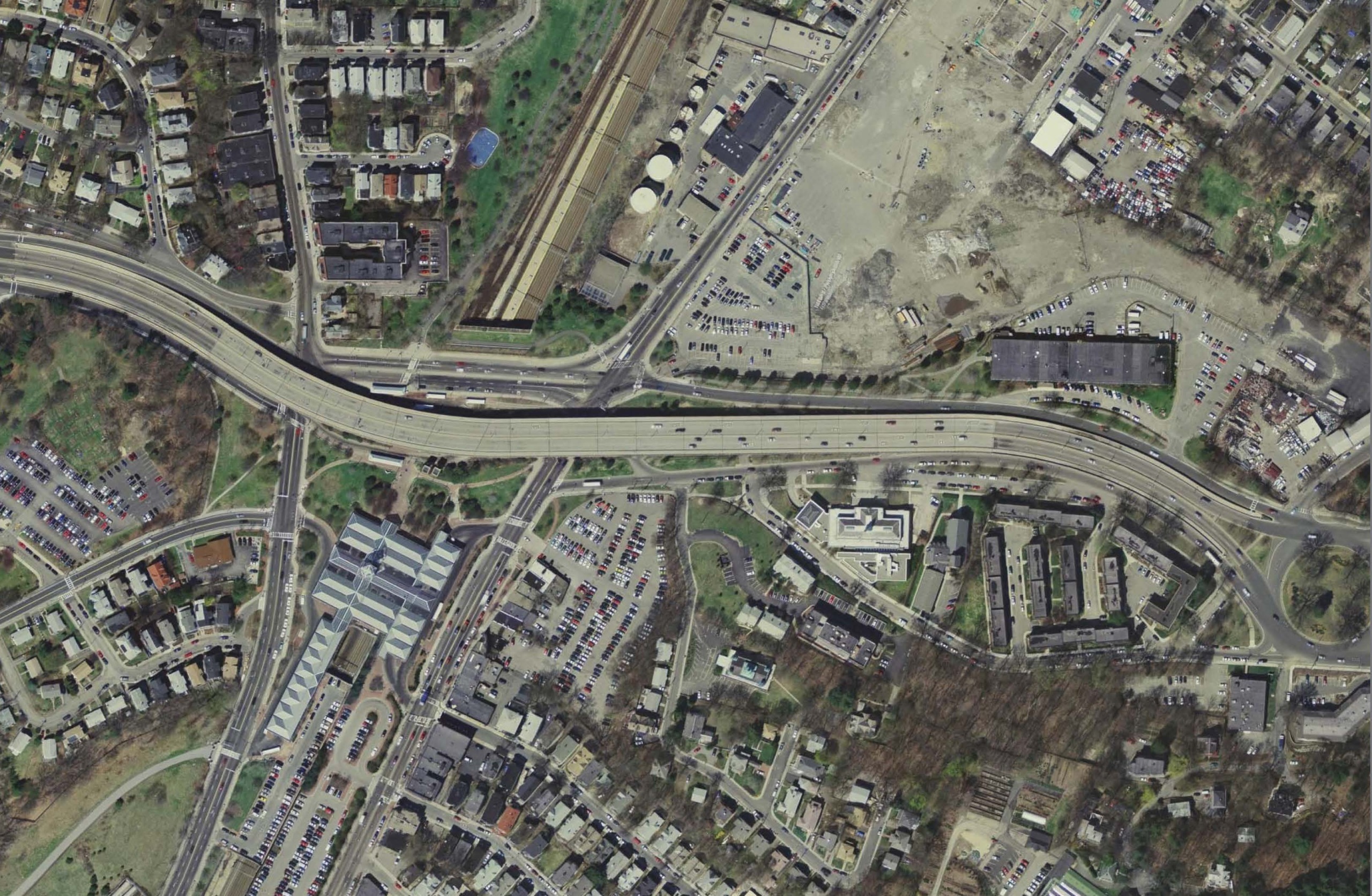
Four ways to look at a project (or policy, or almost anything)
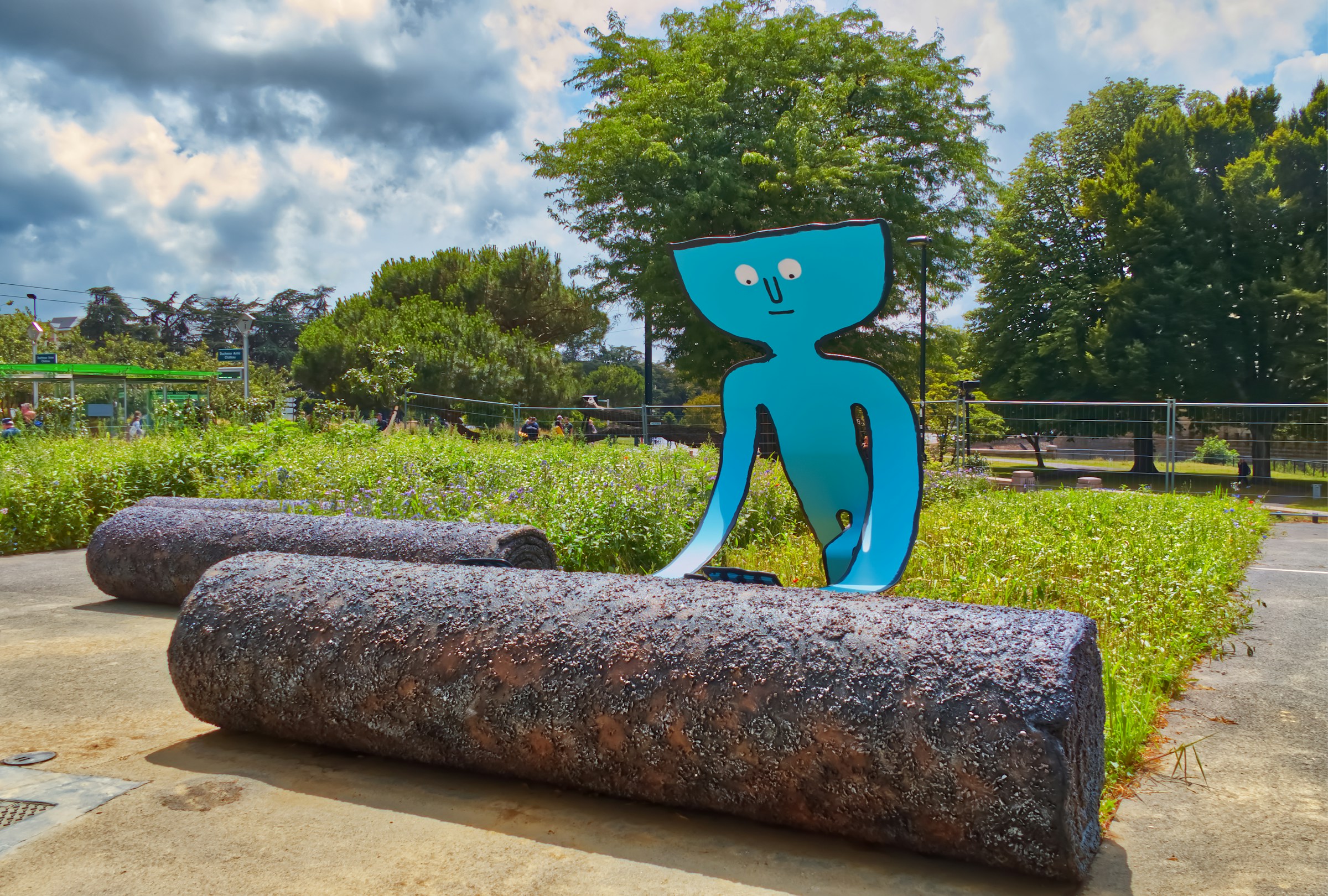
From gray to green: How (and why) to depave
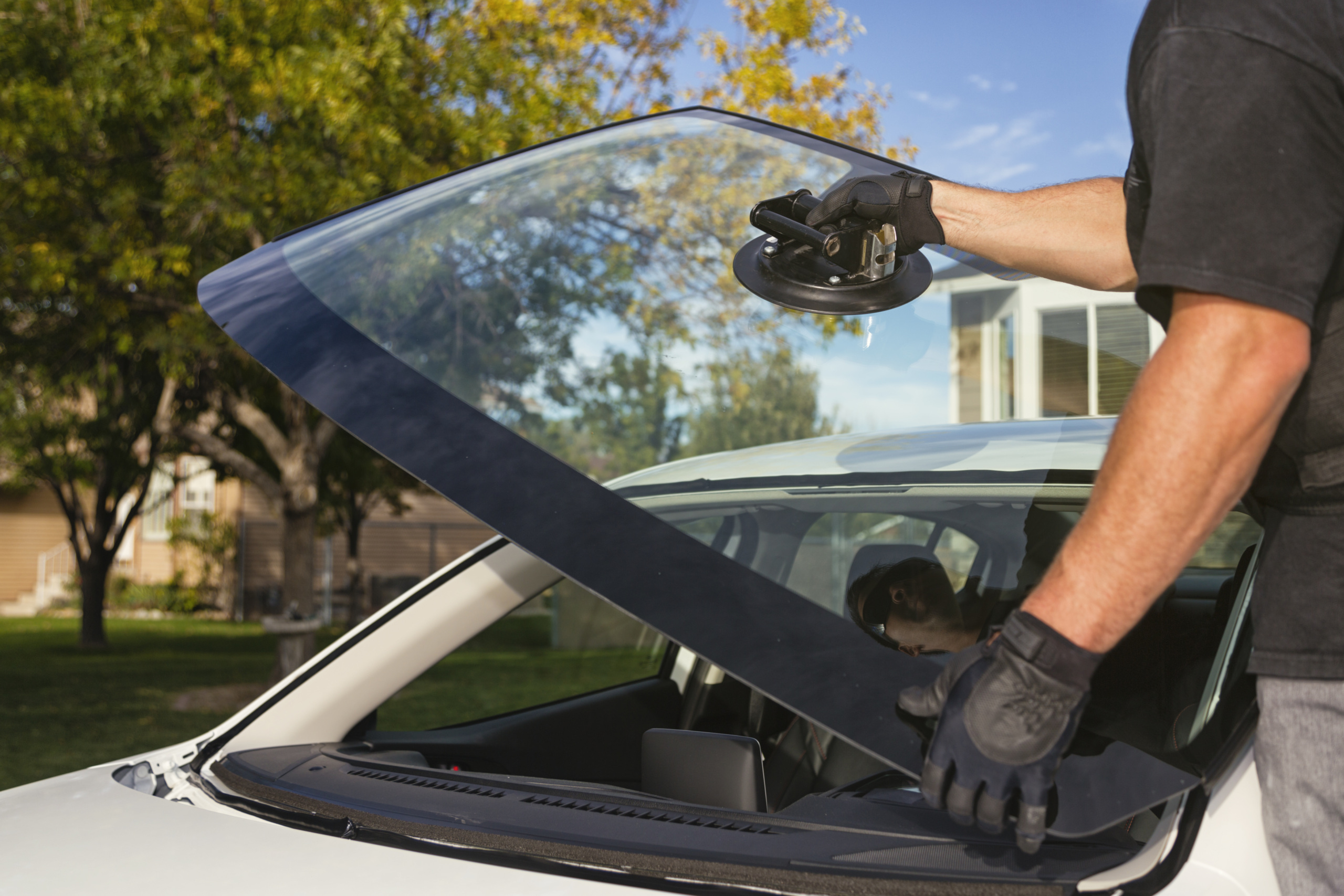
Cars are lasting longer than ever. Will that change with new technologies?

